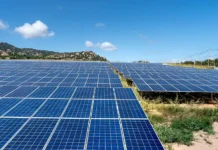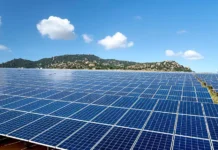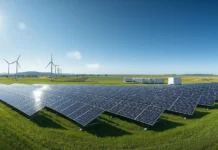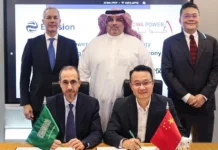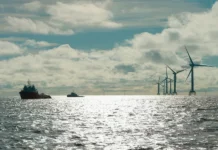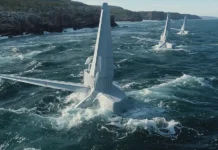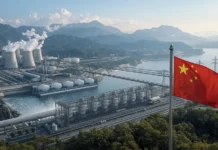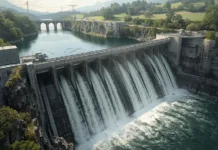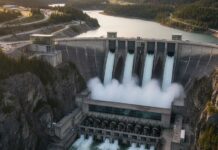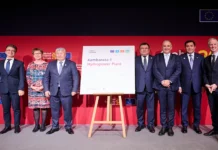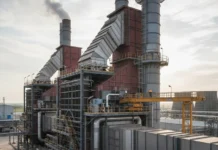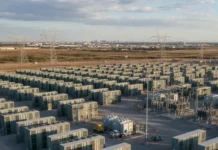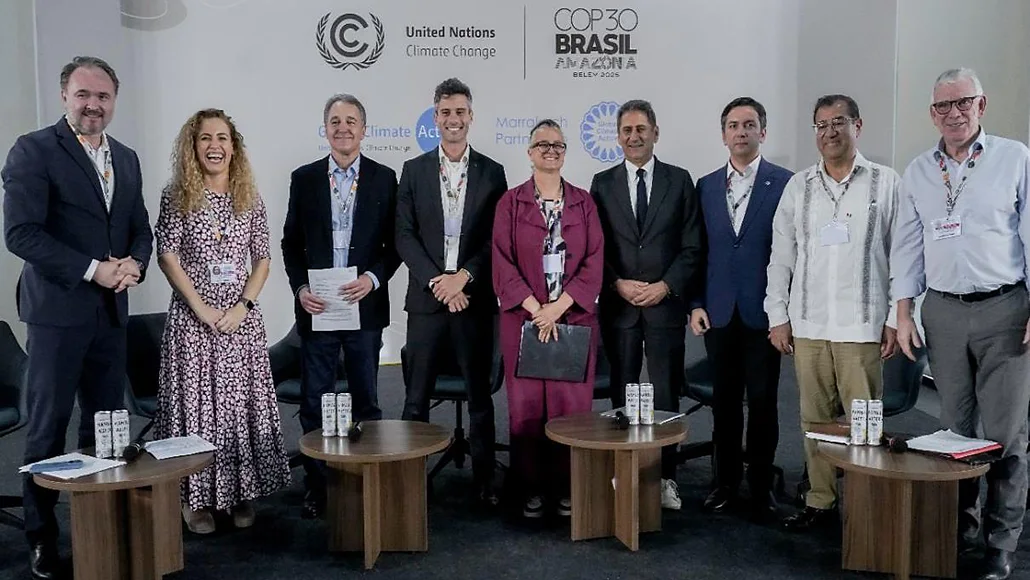Global utilities have outlined upgraded plans for annual investment aimed at accelerating the energy transition, lifting their collective plans to USD 148 billion a year. Presented in Belem on 14 November 2025 during COP30, the revised commitment marks a jump from the earlier USD 117 billion ambition and positions UNEZA’s members to channel more than USD 1 trillion into transition-focused projects through 2030, continuing a trajectory set when the group was launched at COP28. Much of the financial shift centres on power grids, with members intending to invest around USD 1.24 in grids and storage for every dollar that goes into renewable generation. The programme calls for extensive new and upgraded grid infrastructure, sizeable additions of battery storage, and a tripling of combined renewable capacity by 2030 relative to 2023 levels. Of the annual total, USD 66 billion is designated for renewables while USD 82 billion will be directed to grids and storage.
The announcement coincided with a ministerial session on grid development, where governments and multilateral development banks endorsed a new set of grid financing principles put forward by the Green Grids Initiative with UNEZA’s support and approved by the COP30 Presidency. These Principles, shaped through input from leading financial institutions, are intended to widen access to climate and development capital for grid expansion in emerging economies. Backers of the Climate Finance Principles for Green Grids include African Development Bank, British International Investment, East African Development Bank, Inter-American Development Bank, Climate Bonds Initiative, Institutional Investors Group for Climate Change, Asia Investor Group on Climate Change, German Agency for International Cooperation (GIZ), Global Renewables Alliance, Grid Works, Climate High-Level Champions and the UK Government.
UNEZA, created under the UAE’s COP28 Presidency and co-chaired by TAQA and SSE under the guidance of IRENA and the Climate High-Level Champions, aims to resolve systemic barriers to power system transformation. IRENA estimates that about USD 670 billion per year is required to reinforce and expand electricity grids through 2030.
UNEZA also rolled out several new “delivery mechanisms” aimed at expediting grid modernisation. These include Pooled Procurement to consolidate demand and strengthen supply chains, Unlocking Stranded Gigawatts to address congestion and stranded renewable capacity through planning and regulatory improvements, and an Investment Trust Fund now entering consultations to mobilise long-term capital for grid and renewable infrastructure.
The Alliance also confirmed a recent partnership with the Global Clean Power Alliance led by the UK government, positioning UNEZA as the primary supply chain mission partner for 12 governments and 70 utilities and power-sector companies focused on building stronger, more resilient energy supply chains worldwide.



